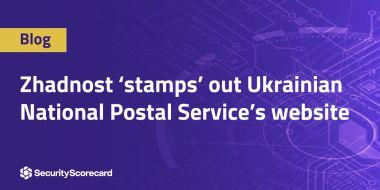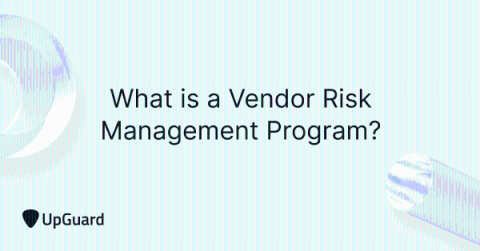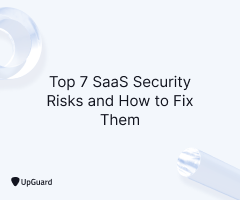How Big is Your Attack Surface? - The So What About Third Party Vendors
Your organization’s attack surface can be a tricky thing to monitor. In our connected world, it seems like your attack surface is always expanding. That’s probably true. Attack surface expansion has exploded, driven by cloud adoption, the use of SaaS (software as a service) tools, and the fact that so many organizations have come to rely on third-party vendors.








